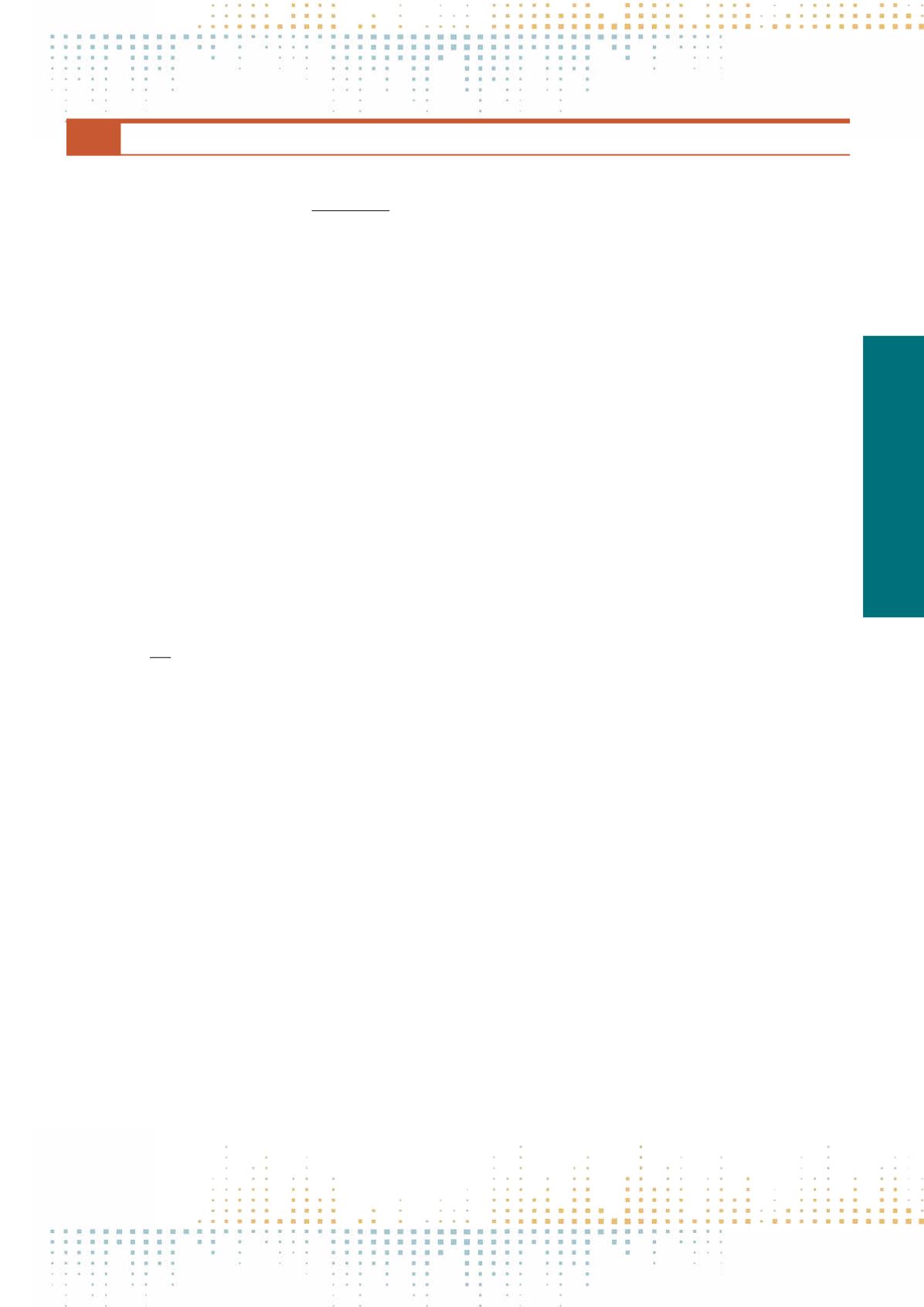

253
Friday, November 11
1 4 : 3 0 – 1 6 : 0 0
DCC PS
Poster session
PS 050
Experimental Documentary Films: Communicating Social Discontinuities in Contemporary Cinema
T. Bueno Doral
1
, M. Lara Martínez
1
, N. García Castillo
1
1
Complutense University of Madrid, Audiovisual Communication and Advertising II, Madrid, Spain
There is a clear proliferation of documentary films whose boundaries are blurred and transfigured because of the evolutive process that affects every artistic
and social creation. As a consequence of this confusion of genres, a new interpretative approach arises and gives social scientists the necessary freedom
to develop their job according to their necessities without emulating any particular scientific model. Regarding to experimental cinema, the requirement
of moral objectivity and neutrality disappears, as well as the strict separation between theories and real data. From a transdisciplinary perspective, exper‑
imental language might imply a representation mode that allows the exploration of numerous possibilities considering the challenges and complexities
of the representation of these realities. In this paper we set out the development of avant-garde and experimental cinema as a possible answer to the narra‑
tive challenges imposed by an increasingly complex society: How can we understand this discontinuous world that surround us from a determinedmentality
riddled with prejudices that were formed in a former social context? This theoretical work is based on documentary analysis, as well as on the authors’
international professional experience and on teaching innovation in the field of audiovisual communication, which has been founded by institutions such
as Santander Bank and Complutense University of Madrid.We provide a solid study of social-political documentary films in its experimental form. As a main
result we highlight the bigger freedom for questioning social continuities, allowing the development of new perspectives from a holistic approach. In
addition, the limited budget that is required for these films, that are usually self-produced, may result in a bigger autonomy to transmit a discourse with
political critique. Moreover, from the receiver point of view, experimental documentary cinema breaks the mechanistic media consumption and expands
the audience’s aesthetic experience, so they become more aware of the limits of perception and representation that are outside and inside them. Finally, we
tackle the best practices and challenges of this mode of representation that combines experimental language and socio-political documentary cinema. In
the current context, when mass-production and mass-diffusion media are accumulated in powerful minorities, independent discourses that are diffused by
collaborative and non-commercial circles and that evade the control of the industry, gain greater and greater importance. The questioning of social reality
can be done from numerous perspectives, however, the documentary cinema and the open-mindedness of its experimental form, really can foster a critical
thought, a complementary and diverse point of view facing the continuous and unifier one. In conclusion, a society of human beings which are slightly freer
and more aware of themselves and of the outside environment where they can apply their innate capacity of transformation.
PS 051
Stéphane Brizé and the Dardenne Brothers: A Portrait of Contemporary Loneliness in aWorld Alienated by the Power of Economy
I. Gil
1
1
Universidade Lusofona de Humanidades e Tecnologias, Film and Digital Media, Lisbon, Portugal
Stéphane Brizé and the Dardenne Brothers are part of the new Social Cinema because of the humanism of their work which is also espiritual since they
always raise questions about the possibility of somebody being able to go beyond his (her) own materialism (the loss of ego for the love of the other in A
Few Hours of Spring (Brizé, 2012) and the forgivesness in The Son (Dardenne, 2002). The themes of their films are about people who struggle to integrated
themselves in a (european) socio-economical system that alienates one's values. While refusing to play the game, they feel excluded but find a strenght
and freedom when they choose to keep their integrity. If Brizé and the Dardenne use the cinematographic realism to creates a "documentalistic" effect on
the viewer, they also express the inner world of their characters, between movement and stasis, wide shot or close up of day to day gestures. As Jacques
Rancière showed, many times film is a tension between a construction and a portait of a world. That is why ethics of representation are at stake since
the character's loneliness is at the heart of the narrative.The directores never cross the line, they never turn the suffering into a "beautiful" image nor a show
(Susan Sontag - Regarding the Pain of Others (2003). Therefore, for this communication, we are facing three challenges: first, based on practical examples
of the new European Social Cinema we will analyse the way loneliness is expressed through the atmosphere of the cinematographic space (we will propose
a definition and a small taxonomy of the concept of filmic atmosphere) and we will compare it with other examples from a "social stylized cinema" in Por‑
tugal as Pedro's Costa Colossal Youth (2006) or André's Eyes (2014) by António Borges Correia. After, we will reflect about the ways the directores use visual
and acoustic senses to create identification and intimacy to engage the viewer with, many times, an effect of distanciation that allow him (her) to keep his
(her) capacity of interpretation (Didi-Hubermann - Le Danseur des Solitudes (2006). At last, we will understand why Brizé's and Dardenne's representation
of human suffering is a true expression of social and inner solitude, that "looks at us", expression used by Serge Daney, in his essay The Tracking Shot in Kapo
(1992).



















